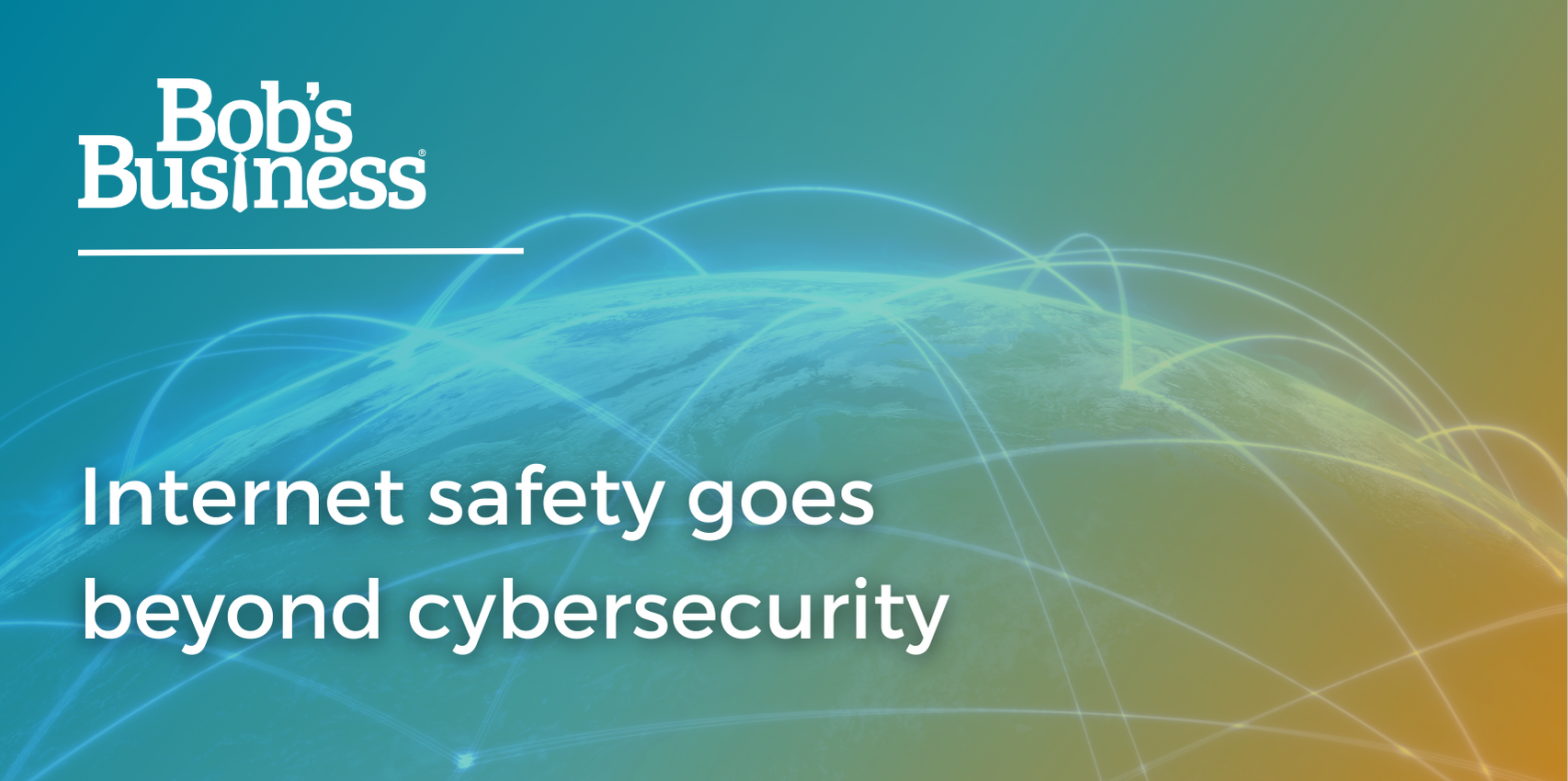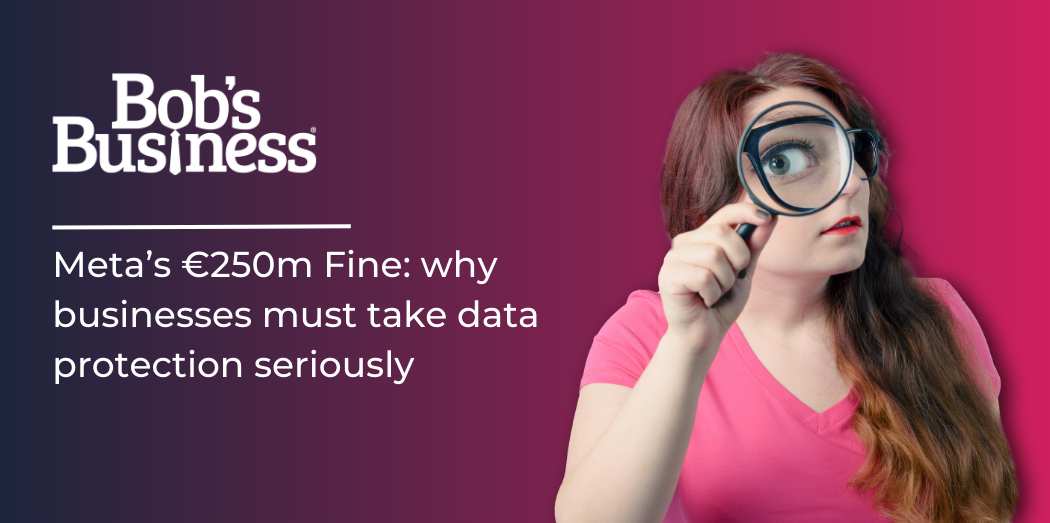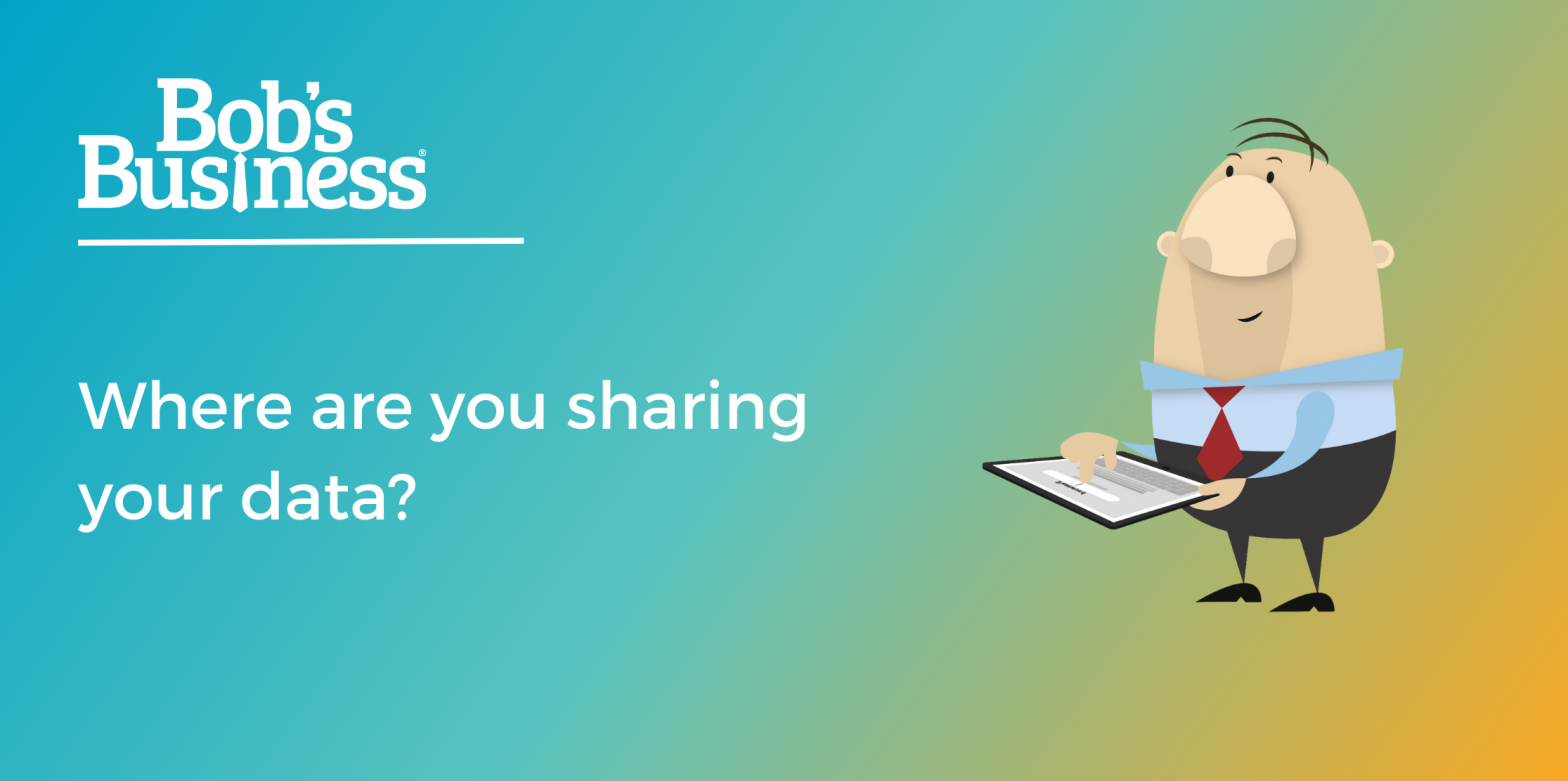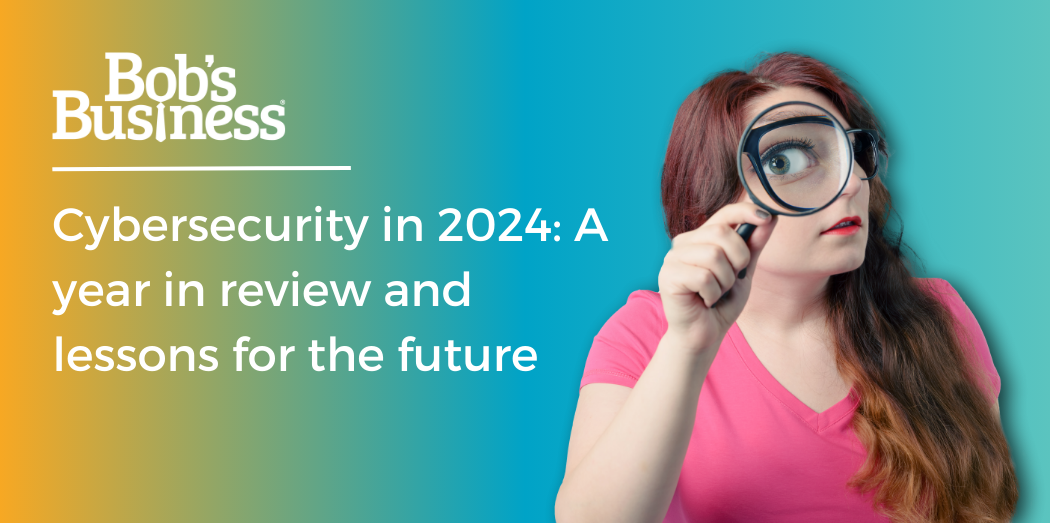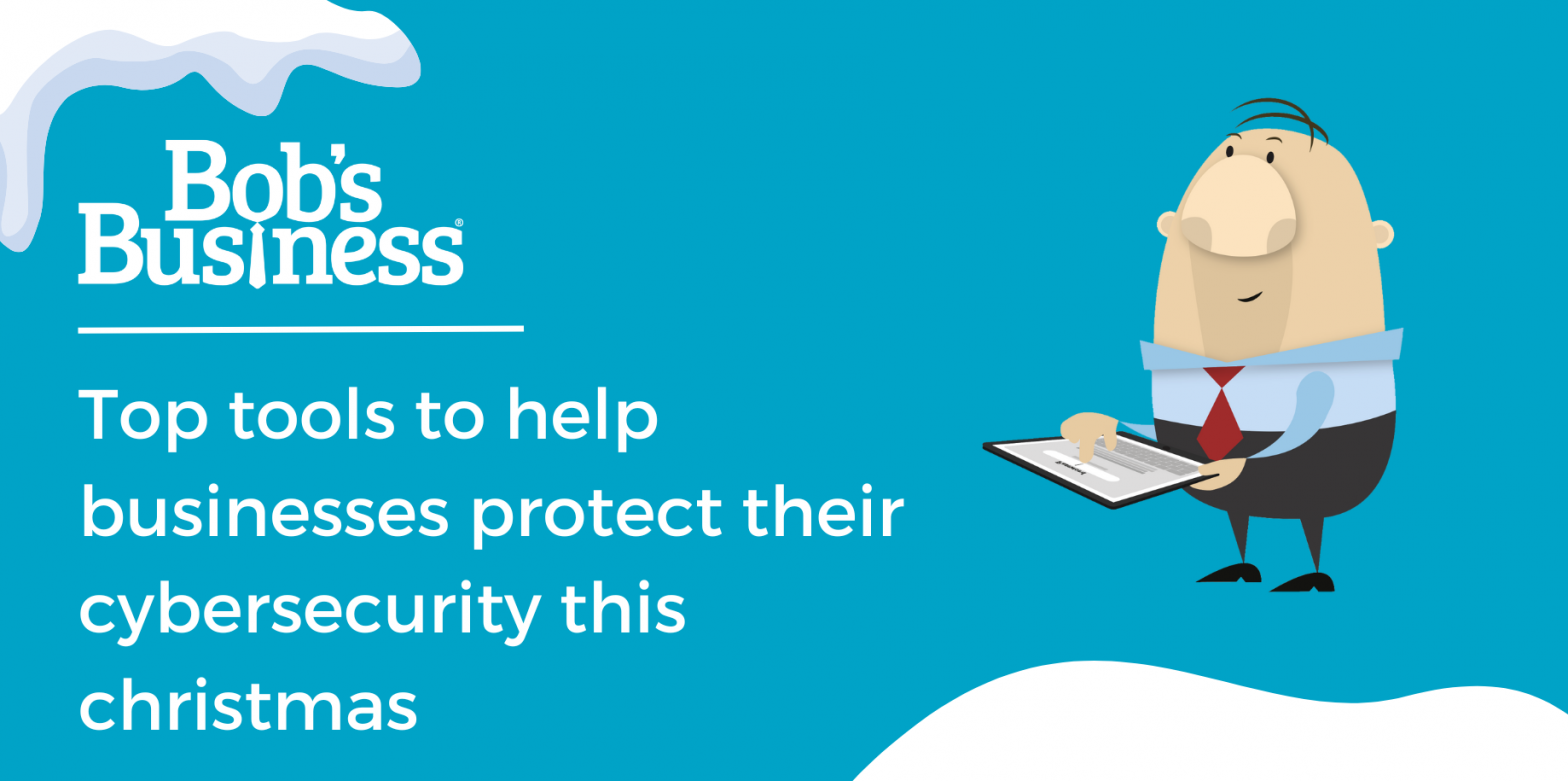When we think about internet safety, standard cybersecurity measures are often the first thing to spring to mind—protecting passwords, avoiding malware, and securing company data – and with around half of all businesses being impacted by a cybersecurity breach every year, these things are key priorities…But staying safe online isn’t just about technology and security tools. It also involves digital well-being, misinformation awareness, data privacy, and fraud prevention, and these elements are all too often forgotten or overlooked
For businesses, this means understanding that internet safety goes beyond firewalls and phishing filters. Employees and customers alike face risks that can impact mental health, business reputation, and financial security.
Download our free Safer Internet Day resource pack and get free access to our Internet Safety course
We took a closer look at some of the less commonly advertised elements of cybersecurity, to ensure that your business is safe, secure and protected from all angles.
Digital well-being and mental health
While digital well-being is often viewed as a productivity and mental health concern, it also plays a crucial role in cybersecurity risk management. Employees experiencing digital fatigue, burnout, or stress are more likely to make mistakes that could lead to security breaches. Here’s how:
- Fatigue leads to poor security decisions
Employees overwhelmed by constant notifications, emails, and screen time are more prone to clicking on phishing emails or falling for social engineering scams. In addition, tired employees may reuse weak passwords, ignore security alerts, or approve suspicious transactions without scrutiny.
- Overexposure to digital harassment and scams
Digital scams are sadly an all too common fact of life, and online harassment and toxic digital environments can make employees more vulnerable to cyber threats. Cybercriminals use personal stress points to manipulate victims into revealing sensitive information, and employees engaging in workplace social media groups may unintentionally overshare, exposing personal or corporate data to attackers.
- ‘Always on’ culture increases cybersecurity gaps
Without clear boundaries for notifications and work-related emails, employees may access sensitive corporate systems on unsecured personal devices or fall for urgent scam requests outside work hours (e.g., business email compromise (BEC) fraud). Remote workers who struggle with work-life balance may skip security updates or work from unsecured public networks, exposing company data to cyber threats.
The rise of misinformation and ‘Fake News’
Misinformation isn’t just a social or political issue—it has direct cybersecurity and business implications. Cybercriminals and bad actors use fake news, manipulated content, and disinformation campaigns to mislead employees, exploit trust, and even facilitate cyberattacks.
- Misinformation fuels social engineering attacks
Cybercriminals craft fake security alerts, CEO messages, or financial updates to manipulate employees into clicking malicious links or sharing sensitive information. Emotionally charged misinformation—such as fake company crises or urgent financial updates—can cause panic and lead employees to act without verifying authenticity.
- Misinformation in business emails can pressure employees
Fake news can be embedded in phishing emails to pressure employees into taking action, such as:
- “Your payroll details have changed due to company restructuring—update your information here.”
- “Urgent cybersecurity threat—reset your password immediately!”
- “Breaking: Your company is under investigation—click to read the full report.”
These tactics exploit employees’ trust in official-looking sources, leading to data breaches or financial fraud.
- The risk to company reputation and decision-making
False financial reports or leaked “insider” information can impact stock prices, investor confidence, and employee morale. Similarly, fake reviews, deepfake CEO messages, or manipulated media can spread misinformation about a company, leading to reputational damage and legal consequences.
Data privacy: why it’s everyone’s responsibility
Protecting data isn’t just a compliance issue—it’s essential for business security and customer trust. Employees often unknowingly expose sensitive data through weak passwords, unsecured devices, or excessive data-sharing with third parties. To mitigate risk, businesses should focus on ensuring that staff are fully educated on all data protection best practices, and encourage them to get into the habit of automatically reviewing app and website permissions to prevent unnecessary data exposure. It is also crucial to enforce strict access controls for sensitive information, ensuring that potentially sensitive data and information is only accessible to those who really need it.
The dangers of oversharing on social media
Social media is a goldmine for cybercriminals looking to gather personal and corporate intelligence. Employees who share too much online can unknowingly provide attackers with information to craft highly targeted phishing attacks.
For example, posting details of a particular job role, job titles or organisational structures can make employees a target for business email compromise scams, allowing cybercriminals to impersonate senior executives and request fraudulent transactions, while check-ins and travel updates reveal employee locations that can be exploited. Giving away personal details, such as birthdays, family members, or even hobbies, can help cybercriminals guess passwords or answers to security questions, putting both employees and businesses at risk of a breach. Similarly, posting or sharing information about business projects, clients, or suppliers can help attackers craft convincing phishing emails or pose as legitimate contacts.
It is important to encourage employees to consider where they are sharing their data, and be mindful and aware when interacting on social media.
Beyond phishing: the many faces of online scams
While phishing attacks remain a major cybersecurity risk, cybercriminals are evolving their tactics to target businesses, employees, and financial transactions in new and more deceptive ways. Organisations must be aware of the broader landscape of online scams that extend beyond traditional email fraud. Some of the main examples include:
- Fake investment schemes
As the name suggests, these scams see fraudsters lure individuals and businesses into bogus cryptocurrency or stock investment opportunities, often promising guaranteed high returns. Employees who fall for investment scams using work devices or transfer corporate funds into fraudulent schemes can expose company financials to cybercriminals. In addition, there has been a rise in CEO impersonation scams: here, fraudsters convince finance teams that an executive is making a “strategic investment,” leading to significant financial losses.
- Fake online shops and payment fraud
In some cases, cybercriminals set up fraudulent e-commerce websites, often mimicking legitimate suppliers or corporate vendors to steal payment details and personal data. Businesses making bulk purchases—especially during peak seasons—may fall victim to fake supply chain vendors, leading to financial loss and exposed payment credentials. These scams see a particular spike during busy shopping seasons, when businesses are under pressure, and demand from customers is high.
Fraud and protecting bank details online
Financial fraud is one of the most persistent and costly threats facing businesses today. With the rise of business email compromise (BEC), fake payment requests, and supply chain fraud, cybercriminals are constantly finding new ways to manipulate employees and exploit financial processes.
Unlike traditional cyberattacks that rely on malware, modern fraud schemes often involve deception, impersonation, and social engineering, making them difficult to detect and prevent. A single fraudulent payment can result in significant financial losses, regulatory penalties, and reputational damage. Fraud schemes may include:
- Business Email Compromise (BEC) Attacks
Attackers impersonate company executives, suppliers, or finance teams, sending fraudulent emails that request urgent bank transfers. Often, these emails appear to come from legitimate accounts, using spoofed domains or compromised email credentials.
- Fake payment requests and invoice fraud
Fraudsters create convincing fake invoices, sometimes using stolen or publicly available company details. They may impersonate vendors or suppliers, requesting banking detail changes to divert payments into fraudulent accounts.
- Payroll and employee compensation fraud
Cybercriminals impersonate employees or HR personnel, requesting salary redirections to new bank accounts. This type of fraud can go unnoticed for months, causing financial and legal complications.
- Compromised Vendor or Supplier Accounts
Attackers hack into a supplier’s email account and send genuine-looking requests for payment changes. Businesses assume they are paying a legitimate vendor, only to find the funds sent to a fraudulent account.
Final Thoughts
Fraud prevention isn’t just the responsibility of finance teams—it requires a company-wide approach to cybersecurity awareness, strict controls, and ongoing vigilance. By integrating robust security measures, employee training, and multi-layered verification, businesses can reduce financial fraud risks and protect critical assets from cybercriminals.
Would your company pass a business fraud resilience test? Consider cybersecurity training and fraud detection solutions to strengthen your defences.
